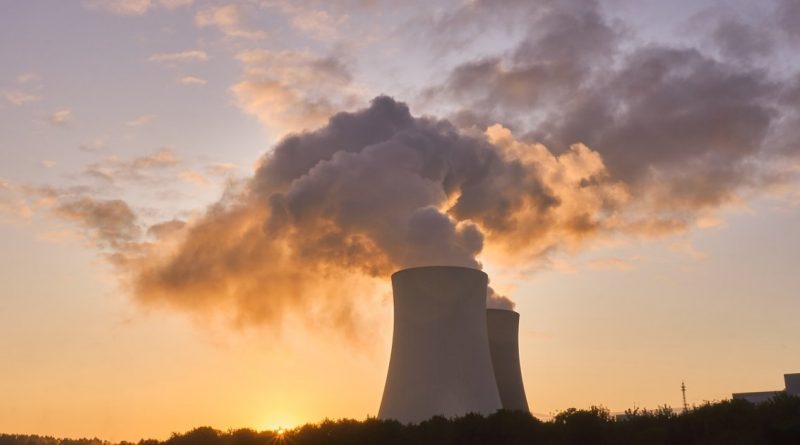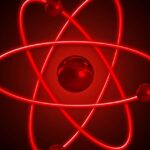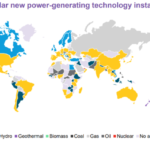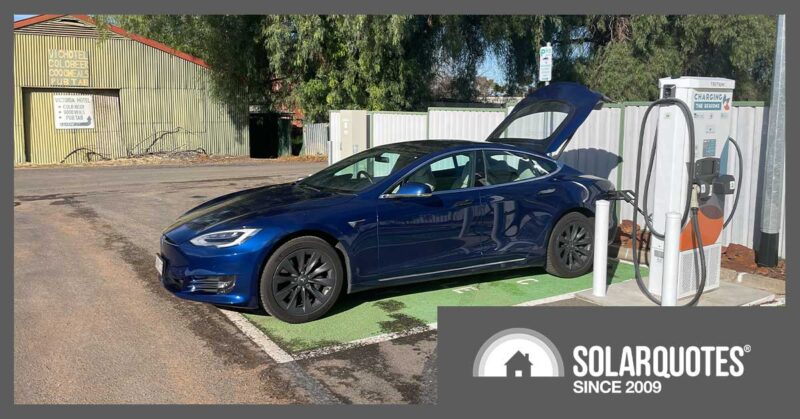World Nuclear Industry Status Report 2020 Released
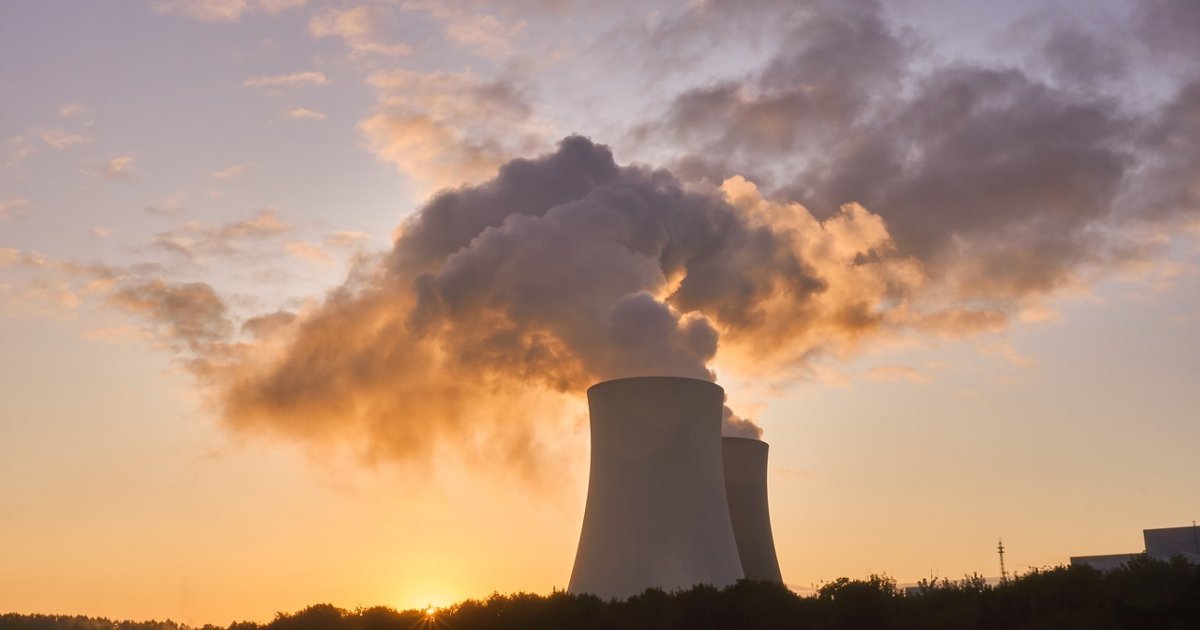
The WNISR2020 report released late last week indicates nuclear energy is continuing to lose ground to wind and solar power.
The report states there were 408 operating nuclear reactors as at mid-2020 (409 as at September). As at June, the world’s operating fleet was at a 30-year low; 10 less than in 1989 and 30 fewer than the 2002 peak of 438. Total operating nuclear power generation capacity dropped by 2.2 percent from one year earlier to reach 362 GW as of mid-2020.
However, nuclear energy’s share of global gross electricity generation saw a bit of an uptick last year, with a 0.2 percentage-point increase over the 10.15 percent in 2018 to 10.35 percent in 2019. But this is a far cry from its heyday when its share was 17.5 percent in 1996.
The mean age of the world’s nuclear fleet has been increasing steadily for decades and now stands at approximately 31 years; with 20 percent 41 years or older.
Nuclear Power And COVID
The report notes 33 of the 52 units under construction are behind schedule; 12 have reported increased delays and 4 have had documented delays for the first time over the past year. Some of this would be due to the impact of COVID.
But the pandemic is also having some other disturbing effects in the sector. For example, in the USA a site undergoing refueling reported hundreds of infections, and the report says many testing, maintenance and repair activities have been cancelled or suspended – or executed under improper conditions.
“Clearly Losing” To Wind And Solar
The report notes investment in new nuclear is around 10 percent of that invested in wind and solar PV, and the high capital cost of nuclear power plants require they operate almost continually to reduce the capital cost per kilowatt-hour.
“They must therefore compete directly with renewables most of the time or store their output to be used during cloudy, windless periods,” state the forward. “Storage does not relieve the competition with wind and solar, however, because, as renewables expand and storage costs come down, they too will have increasing incentives to store their excess output.”
Over the last five years, the levelised cost of energy (LCOE) of nuclear has risen by over 50 percent, while renewables have now become the cheapest of any type of power generation. The report says nuclear power has become the most expensive form of generation, except for gas peaking plants.
What About Small Module Reactors?
Small Modular Reactors (SMRs) have received a lot of attention; but their major challenge is they cost more per kilowatt than large reactors.
“.. in the case of SMRs, most designs are purely theoretical ones, and no real reactors have been constructed based on that design,” state the authors. “Going by current trends, they are unlikely to ever be constructed beyond a few prototypes.”
The full World Nuclear Industry Status Report 2020 can be downloaded here.
Closer to home, the House Of Representatives released a report on nuclear energy in Australia late last year, which stated nuclear is a good idea assuming Australians are happy with it – and that’s not likely.
Original Source: https://www.solarquotes.com.au/blog/nuclear-report-2020-mb1699/

